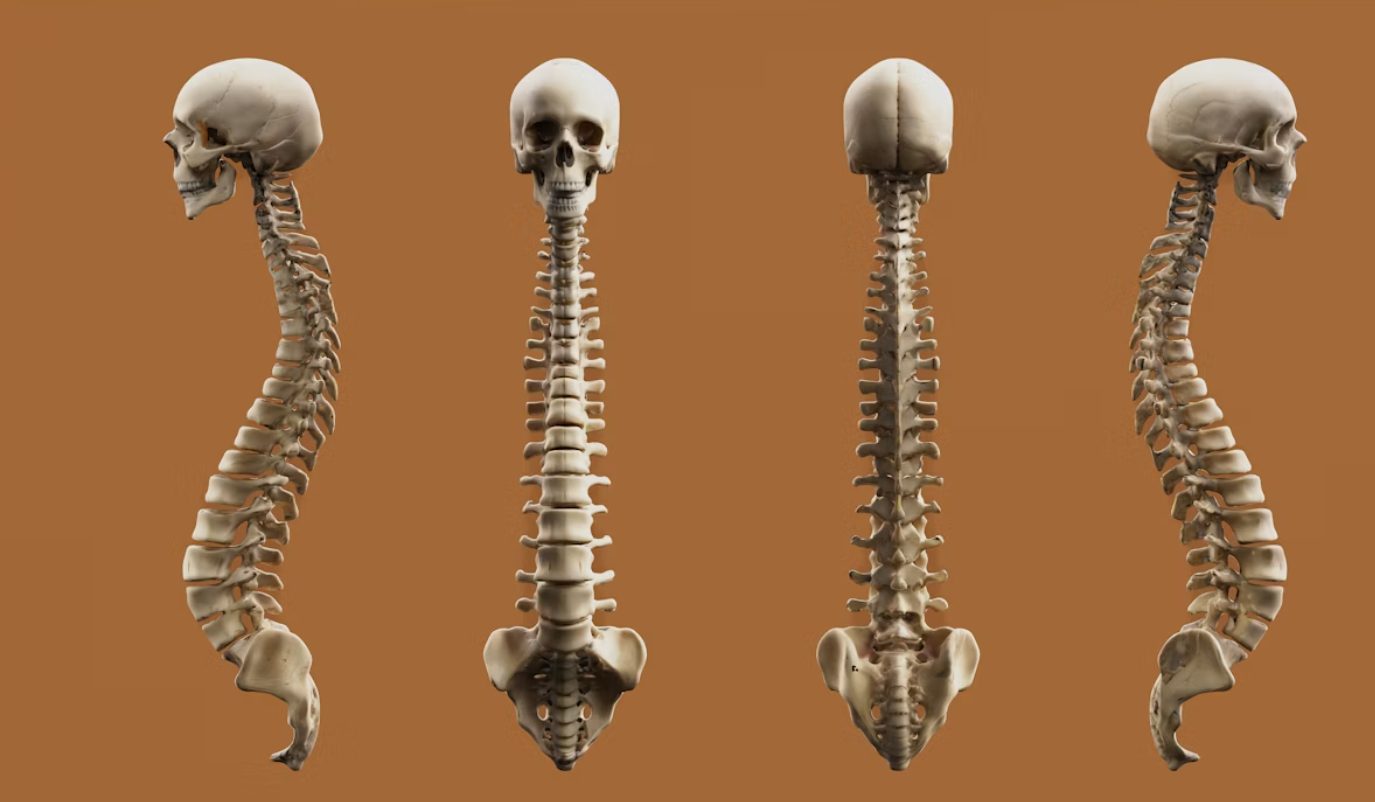
@ShahidNShah


Injuries are a natural part of staying active. From a muscle strain during training to a twisted ankle on the field, even the most careful athletes can find themselves sidelined. For decades, recovery meant turning to standard methods like rest, medication, or physical therapy to manage pain and restore movement.
Recently, however, that’s beginning to shift. Athletes and active individuals are realizing that standard recovery methods can manage pain but rarely solve its root cause. That understanding has driven new interest in osteopathic medicine, an approach built on restoring balance across the body. This article examines that shift.
We will break down what osteopathy involves and why it is gaining recognition as an effective way to recover and rebuild strength.
Osteopathic medicine is a branch of healthcare built on the principle that the body functions as an interconnected system. Doctors of Osteopathic Medicine (DOs) are fully licensed physicians who use both medical knowledge and gentle, hands-on techniques to diagnose and treat patients.
The idea is simple: when the body’s structure is balanced, it functions better. Instead of just treating pain where it appears, osteopaths look for what’s causing it. For example, a shoulder injury may be linked to tension in the neck, or knee pain may come from tightness in the hips or lower back. By restoring alignment and movement, osteopathy encourages faster recovery and reduces the chance of future injuries.
Osteopathic care plays a vital role in supporting recovery from both short-term and long-lasting injuries. When the body sustains a strain or impact, muscles can tighten, joints may stiffen, and blood flow to injured areas often decreases. These changes can slow down the body’s natural healing process and prolong discomfort.
To counter this, osteopaths use precise manual techniques to relax tense muscles, realign joints, and restore healthy circulation. This helps reduce pain and encourages the body to repair itself naturally. Even better is that leading providers, such as Osteopathic Wellness Center, always tailor care to each individual.
After a detailed assessment and diagnostic testing, practitioners create a sports injury treatment plan that fits the patient’s unique needs. These hands-on methods often include:
This integrated method helps patients recover from common injuries like sprains, tendonitis, and back or shoulder pain. It’s also widely used to manage repetitive strain injuries that develop over time.
Today’s athletes want more than quick pain relief. They want long-lasting solutions that help them move better, perform stronger, and stay injury-free. Osteopathy is meeting that need with a whole-body approach that blends recovery, prevention, and performance enhancement.
Osteopathic treatments improve circulation, relieve inflammation, and restore natural motion in injured areas. This accelerates the body’s ability to heal without relying heavily on painkillers or anti-inflammatory drugs. Many athletes prefer this route because it supports natural recovery while avoiding side effects linked to long-term medication use.
One of osteopathy’s strengths is its preventive focus. Repeated strain often comes from poor biomechanics or muscle imbalance. The experts identify these patterns early and correct them through targeted manipulation and strengthening exercises. Over time, this reduces the risk of recurring injuries. Clinics prioritize structural assessments to ensure athletes maintain proper alignment as they return to training.
Osteopathy not only helps athletes recover but also enhances performance by improving body mechanics. Better posture, joint flexibility, and balanced muscle tension allow for smoother movement and greater endurance. Many athletes report improved awareness of how their bodies move, which helps them perform more efficiently and with less strain. Even recreational runners and gym-goers benefit from regular osteopathic sessions to maintain balance and prevent overuse issues.
Every athlete’s body responds differently to physical activity. Osteopathy acknowledges this individuality by offering customized treatment plans that align with specific needs and goals. Rather than masking pain, the experts focus on the root cause, working with the body’s interconnected systems to create lasting results. Whether treating a professional competitor or an active weekend cyclist, this holistic approach helps patients recover stronger and perform better over time.
Osteopathic medicine is transforming the way sports injuries are treated. By focusing on alignment, mobility, and the body’s natural healing ability, it provides long-term relief and supports ongoing performance. For athletes and active individuals, this approach offers more than recovery—it builds resilience. Clinics such as Osteopathic Wellness Center continue to lead the way, showing how a balanced, hands-on strategy can help people heal faster and move forward with confidence.

Ankle swelling is one of the most frequent symptoms reported in clinical settings, yet its cause is often misunderstood. While mild swelling can occur from long periods of standing, warm temperatures, …
Posted Oct 14, 2025 Chronic Illness
Connecting innovation decision makers to authoritative information, institutions, people and insights.
Medigy accurately delivers healthcare and technology information, news and insight from around the world.
Medigy surfaces the world's best crowdsourced health tech offerings with social interactions and peer reviews.
© 2025 Netspective Foundation, Inc. All Rights Reserved.
Built on Dec 19, 2025 at 2:02pm